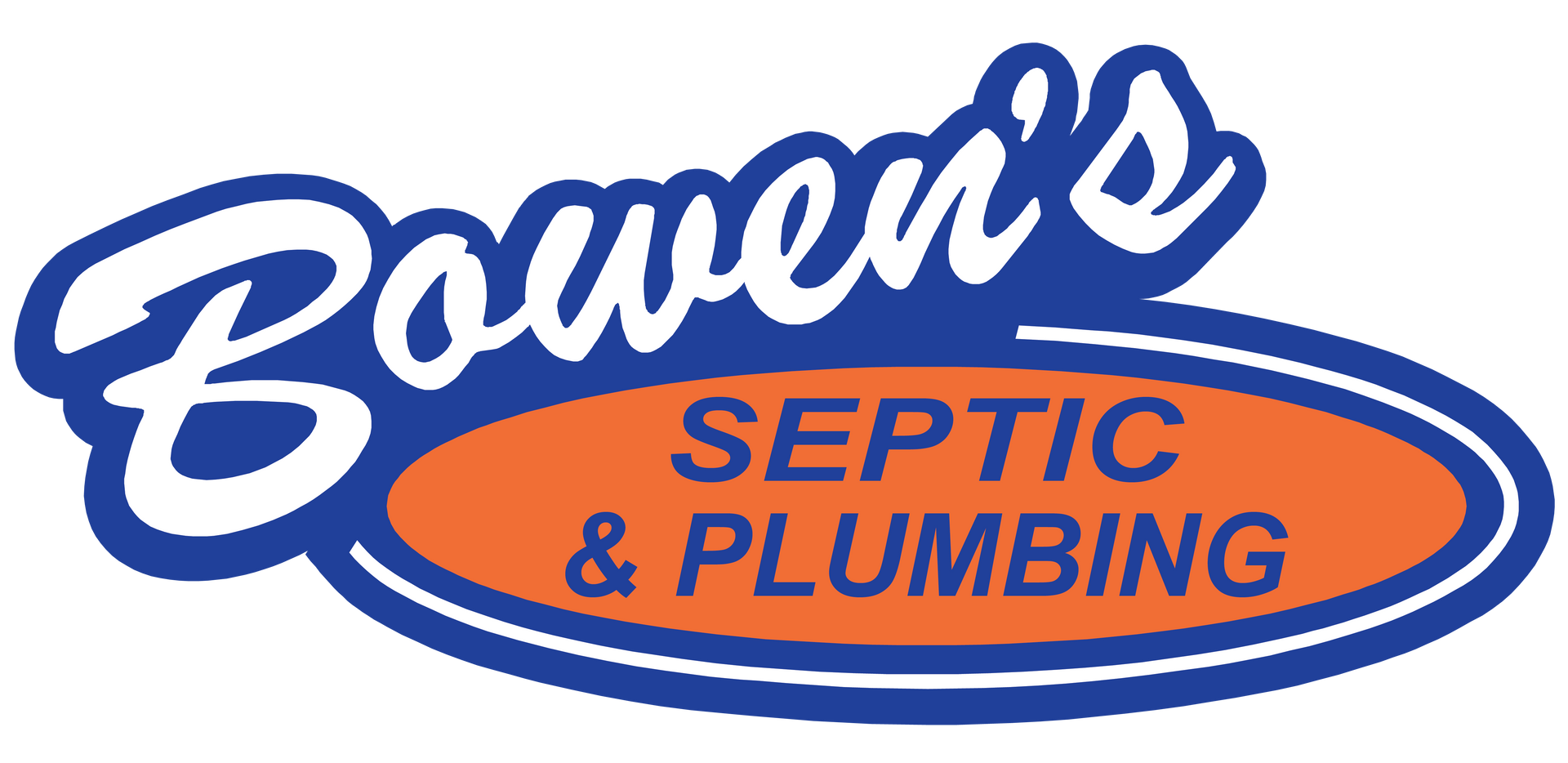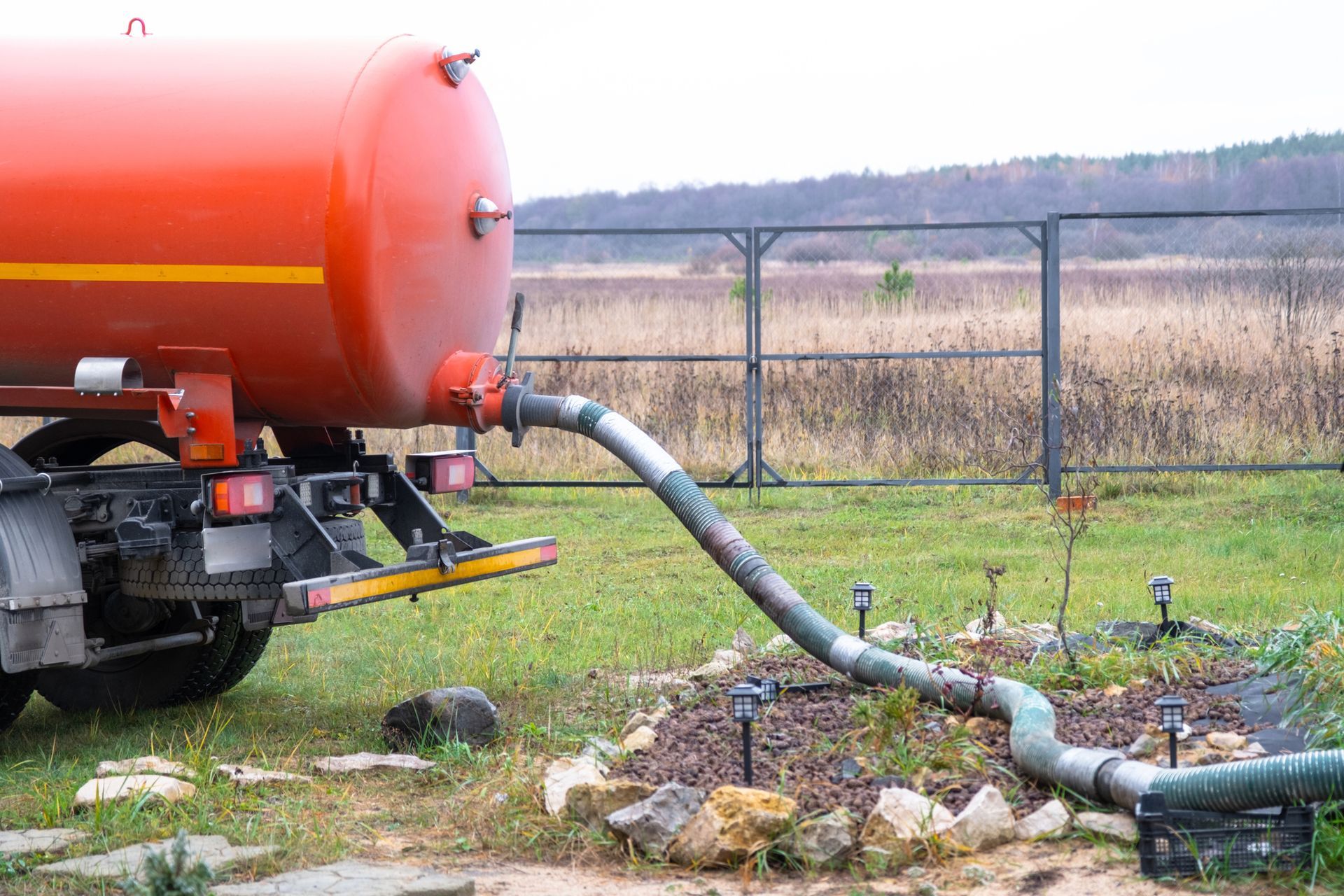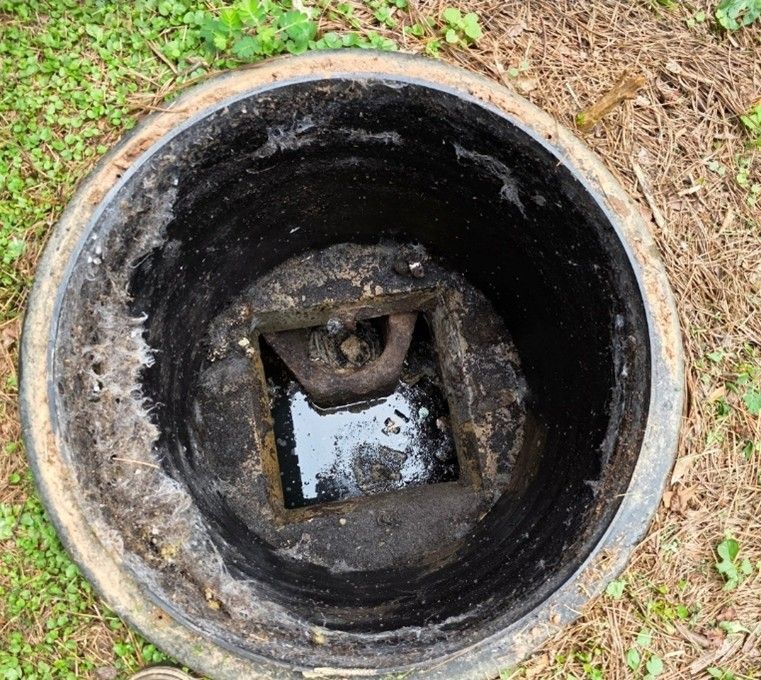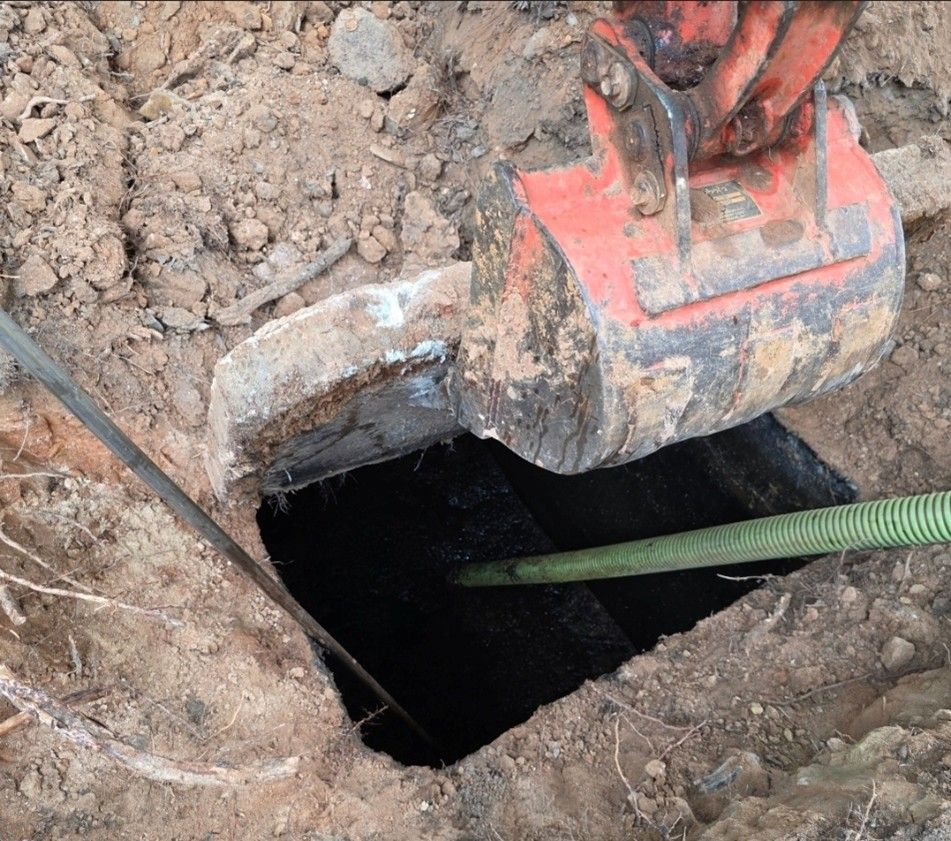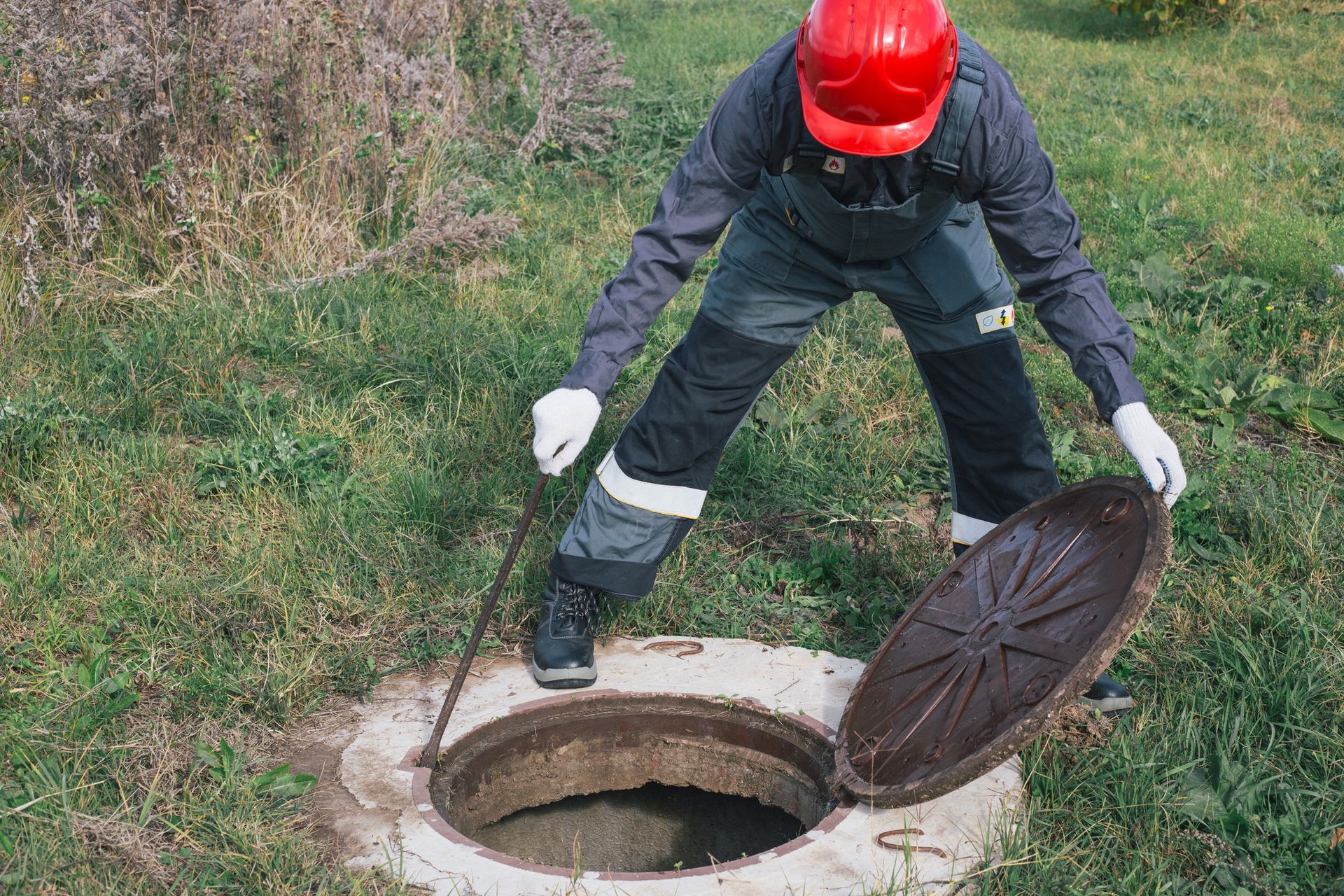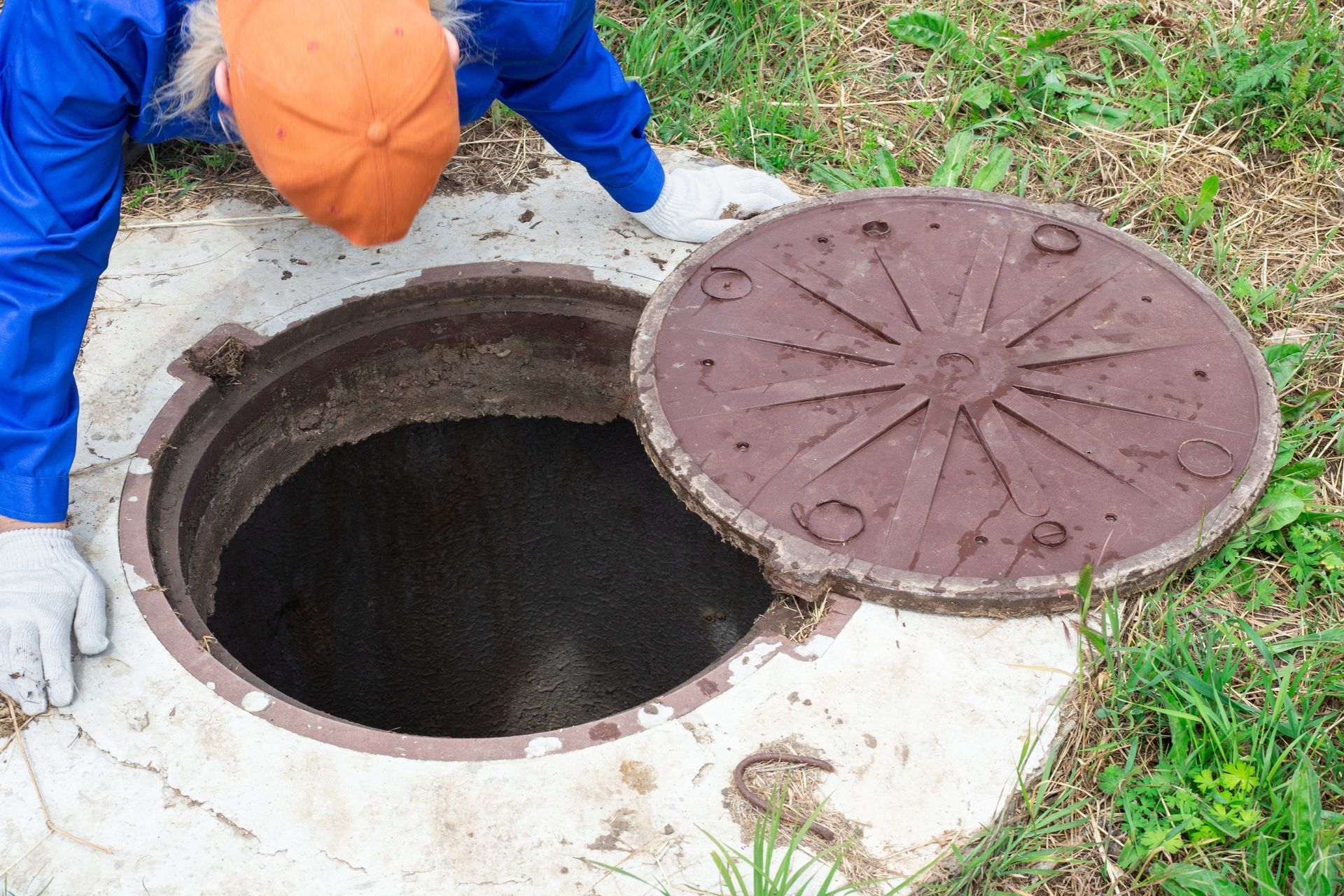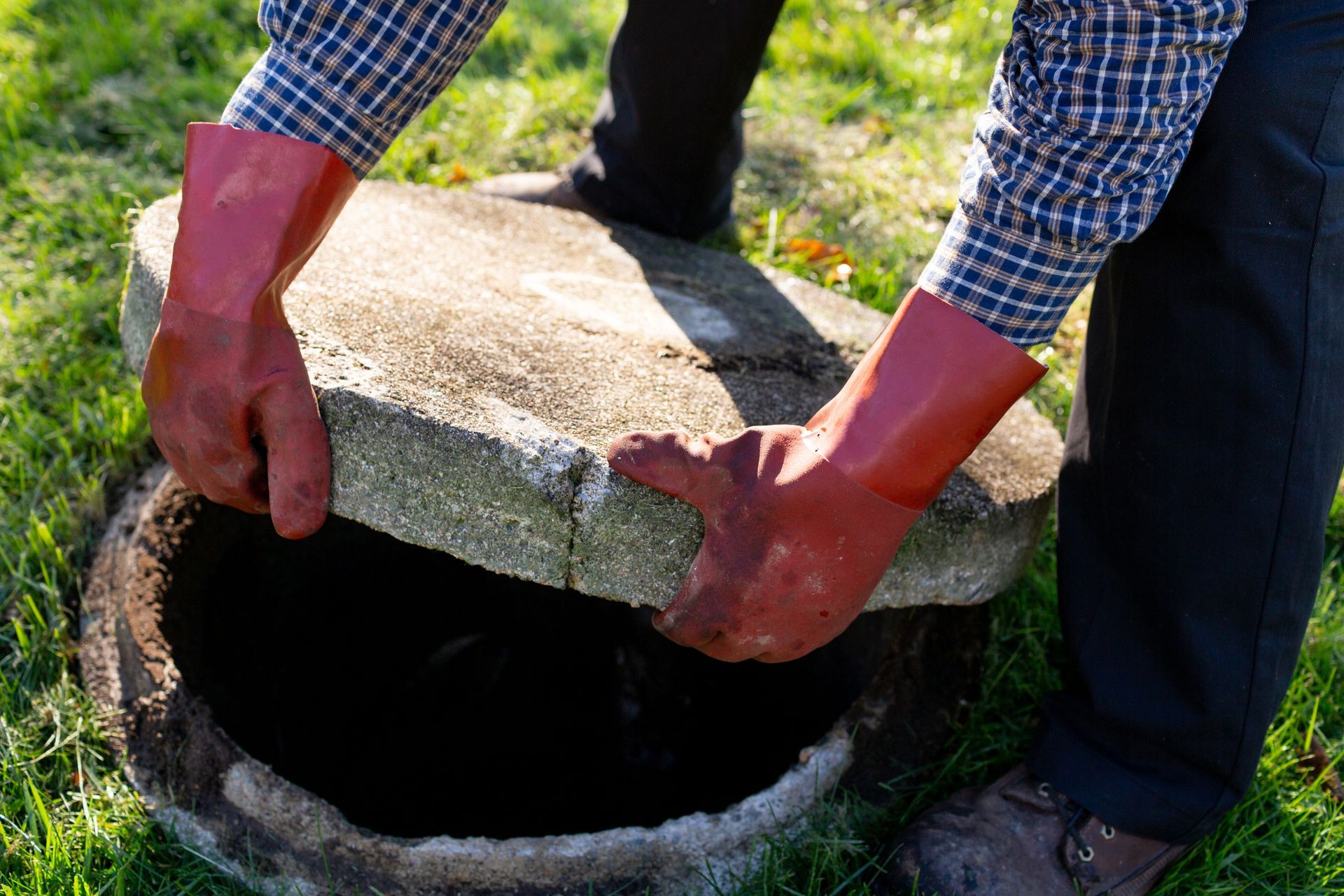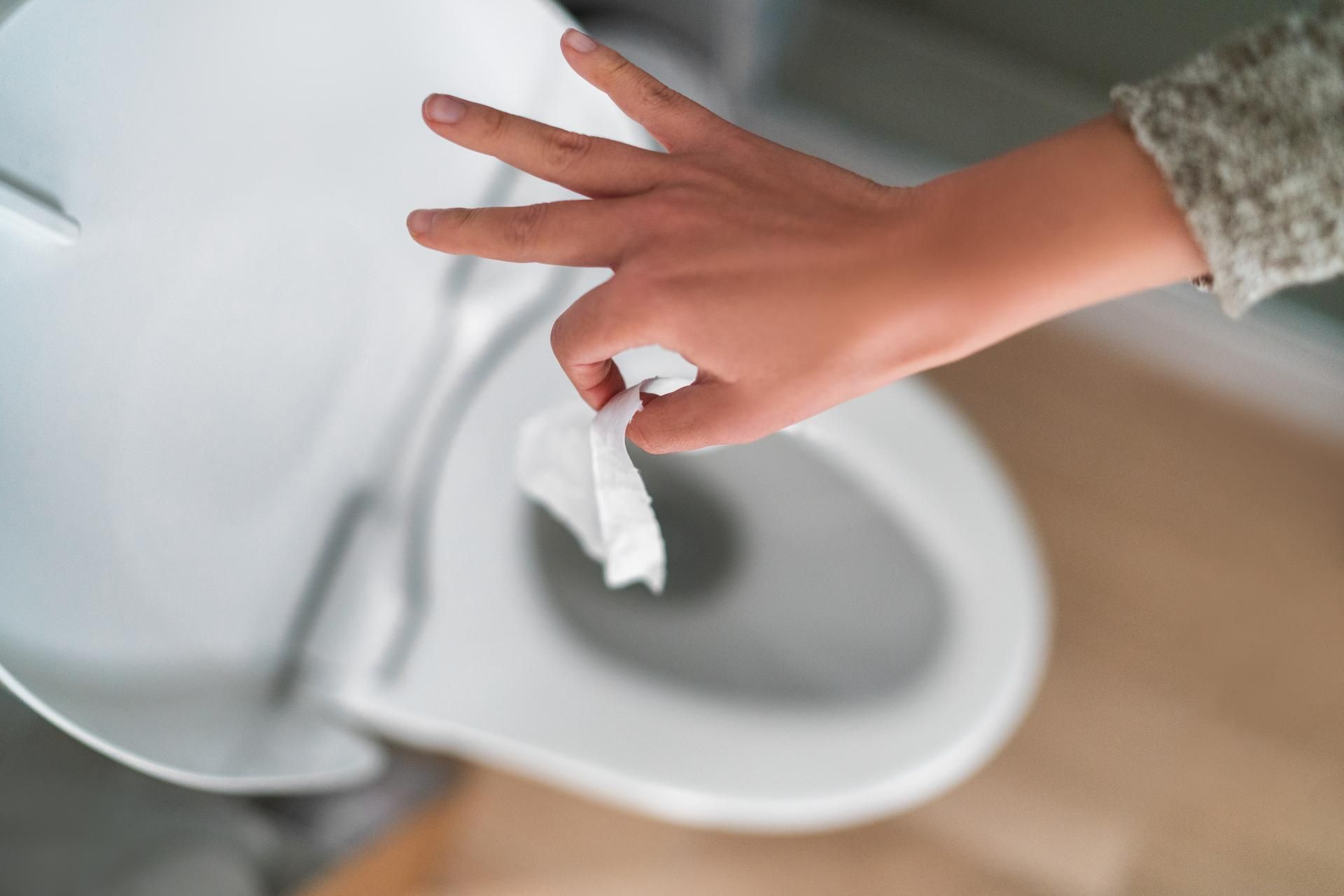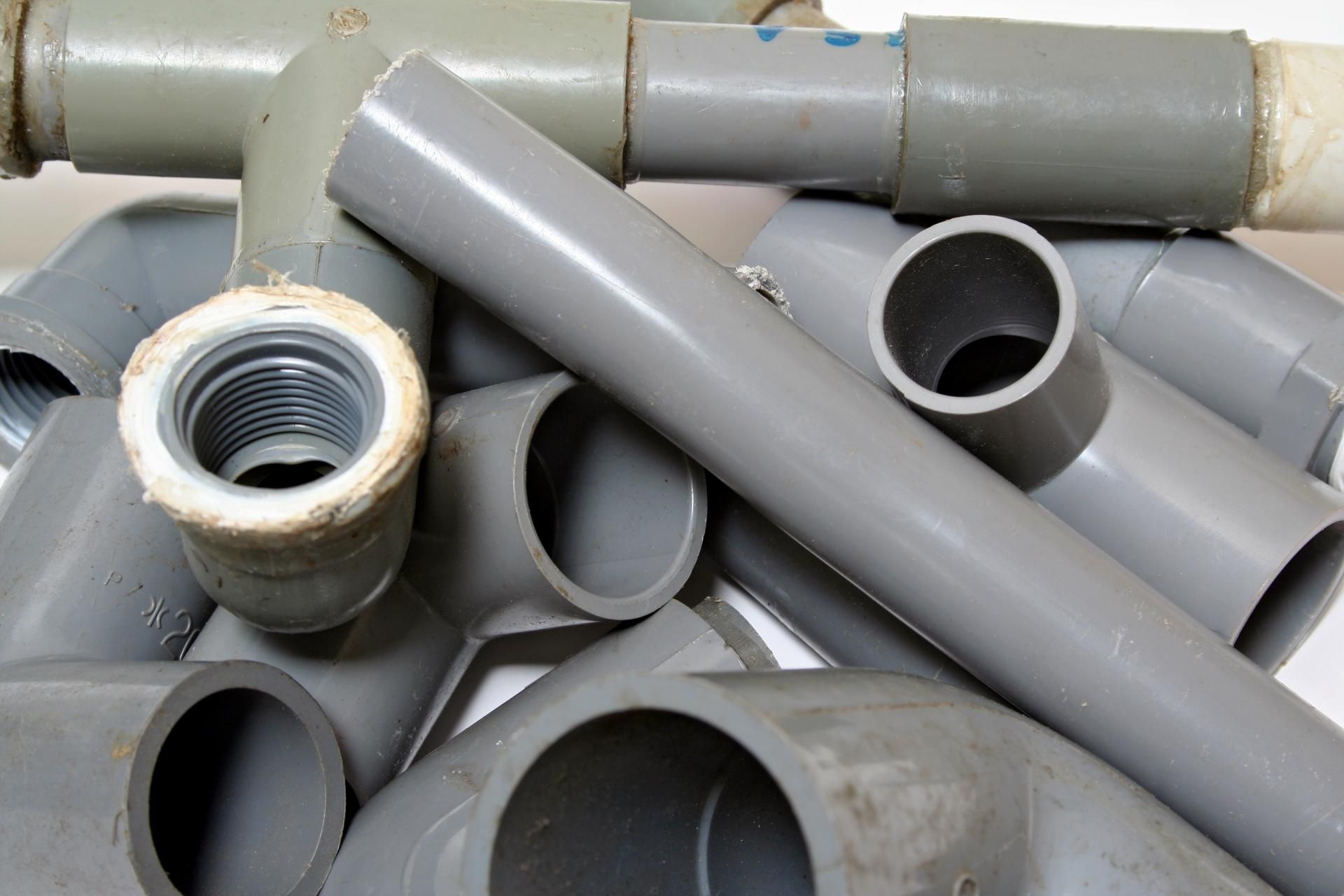Just Switched to a Septic System? 2 Things That Will Change

If you have just switched to a septic system, congratulations! You will enjoy the benefits of a private, efficient, and safe way to manage your waste. While septic and municipal sewer systems serve the same purpose––to manage waste––they operate differently, which means making a few adjustments.
This blog post explores two of the most significant changes you can expect after switching to a septic system. With these differences in mind, you'll be better equipped to operate and maintain your septic system and prevent costly and unpleasant problems.
One of the most noticeable differences after switching to a septic system is how your yard looks and feels. That's because your septic system is a large underground structure with a septic tank, drainfield, and associated pipes and fittings. To function effectively, the septic system needs to be in a suitable spot that takes into account factors such as the soil type, water table, and topography.
The soil will need to be tested to ensure it can adequately absorb liquid from the wastewater. Your septic system installer will likely do a soil percolation test, also known as a perc test. This type of test measures the rate at which water moves through the soil. If it takes too long for one inch of water to penetrate the soil, you'll need to look for another location for your septic tank and drainfield.
The water table also needs to be considered, as it should never be higher than your septic system. If the water table is too high, you may need to install an extension on the drainfield or a pump chamber with a lift station and pumps. When water levels rise, they could push wastewater up and out of the septic tank, resulting in a messy and dangerous situation.
The topography of your land also plays a role in successful septic system installation. Uneven areas can create runoff and pooling, which can cause wastewater to back up into the house or leak into your yard.
To avoid this, a septic system expert may need to grade the land with topsoil and then place a layer of gravel for drainage. This will ensure the wastewater is directed to the drainfield, not to areas you don't want, such as your home or garden.
You might need to modify your yard, such as removing trees, shrubs, or structures, to accommodate the septic system. You should also avoid parking cars or heavy equipment on top of the drainfield, as this can damage the pipes and disrupt the system's ability to treat wastewater.
Another difference you'll face after switching to a septic system is how you manage your waste. Unlike a municipal sewage system that takes care of your waste once it leaves your property, a septic system requires you to be more hands-on in handling your waste.
You need to know what you can and cannot flush down your toilet or drain, such as chemicals, grease, solids, or feminine hygiene products. These materials can clog the system and cause septic tank overflows, leading to costly repairs and a nasty mess in your yard. They can also contaminate drinking water sources if they reach nearby groundwater.
Maintaining your septic system also means being mindful of how much water you use. Limit non-essential activities such as long showers or running multiple appliances simultaneously. Doing so can overload the system, resulting in wastewater backing up into your home or overflowing from the septic tank.
But if you can't reduce your water usage, you may need to install a septic system enhancer, such as an aerator. This device adds oxygen-rich bubbles to the water, which helps bacteria process wastewater more quickly.
Talk to us at Bowen's Septic Tank to learn more about how we can help you with your septic system needs. We offer design, installation, inspection, and repair services for all types of septic systems, so you can rest assured that your septic system is in good hands. Contact us today to get started!
This blog post explores two of the most significant changes you can expect after switching to a septic system. With these differences in mind, you'll be better equipped to operate and maintain your septic system and prevent costly and unpleasant problems.
1. Your Yard
One of the most noticeable differences after switching to a septic system is how your yard looks and feels. That's because your septic system is a large underground structure with a septic tank, drainfield, and associated pipes and fittings. To function effectively, the septic system needs to be in a suitable spot that takes into account factors such as the soil type, water table, and topography.
The soil will need to be tested to ensure it can adequately absorb liquid from the wastewater. Your septic system installer will likely do a soil percolation test, also known as a perc test. This type of test measures the rate at which water moves through the soil. If it takes too long for one inch of water to penetrate the soil, you'll need to look for another location for your septic tank and drainfield.
The water table also needs to be considered, as it should never be higher than your septic system. If the water table is too high, you may need to install an extension on the drainfield or a pump chamber with a lift station and pumps. When water levels rise, they could push wastewater up and out of the septic tank, resulting in a messy and dangerous situation.
The topography of your land also plays a role in successful septic system installation. Uneven areas can create runoff and pooling, which can cause wastewater to back up into the house or leak into your yard.
To avoid this, a septic system expert may need to grade the land with topsoil and then place a layer of gravel for drainage. This will ensure the wastewater is directed to the drainfield, not to areas you don't want, such as your home or garden.
You might need to modify your yard, such as removing trees, shrubs, or structures, to accommodate the septic system. You should also avoid parking cars or heavy equipment on top of the drainfield, as this can damage the pipes and disrupt the system's ability to treat wastewater.
2. Your Waste Management Strategy
Another difference you'll face after switching to a septic system is how you manage your waste. Unlike a municipal sewage system that takes care of your waste once it leaves your property, a septic system requires you to be more hands-on in handling your waste.
You need to know what you can and cannot flush down your toilet or drain, such as chemicals, grease, solids, or feminine hygiene products. These materials can clog the system and cause septic tank overflows, leading to costly repairs and a nasty mess in your yard. They can also contaminate drinking water sources if they reach nearby groundwater.
Maintaining your septic system also means being mindful of how much water you use. Limit non-essential activities such as long showers or running multiple appliances simultaneously. Doing so can overload the system, resulting in wastewater backing up into your home or overflowing from the septic tank.
But if you can't reduce your water usage, you may need to install a septic system enhancer, such as an aerator. This device adds oxygen-rich bubbles to the water, which helps bacteria process wastewater more quickly.
Talk to us at Bowen's Septic Tank to learn more about how we can help you with your septic system needs. We offer design, installation, inspection, and repair services for all types of septic systems, so you can rest assured that your septic system is in good hands. Contact us today to get started!
